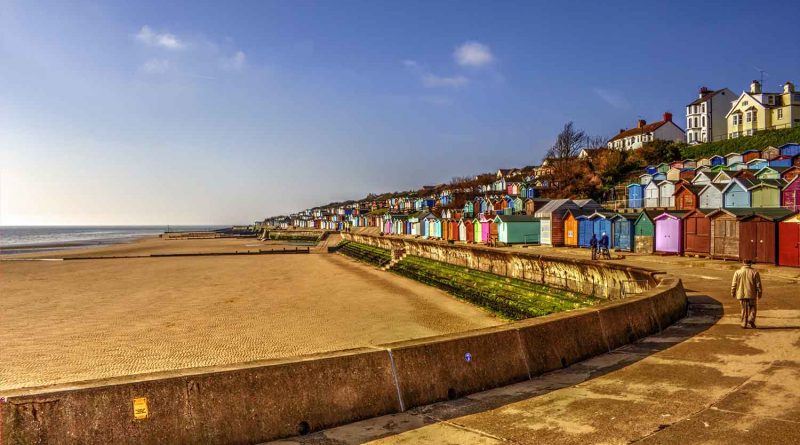A cockney holiday: East Ender’s favourite seaside haunts
With foreign travel likely off the cards this year, we rediscover the seaside holiday destinations that East Enders have long frequented.
Covid-19 has forced us to live life locally. The pace of the pre-pandemic world has slowed as governments have sealed borders and advised against all but essential travel. Luckily for those in the East End, our part of town has an intimate connection with England’s east coast.
While there are well-trodden paths to the west country, people often overlook the spots that East Enders have known all along. Determined by the three main routes out of East London, we explore the gems littered across Kent, Essex and the Suffolk-Norfolk coast that deserve a second look.
Ignoring the gridlocks leading up to the Blackwall tunnel (time your exit!) Kent is easily accessible via the A2. Once past the M25, the choices are many, from Whitstable to Margate to Broadstairs. All offer the prospect of long, sandy beaches and fresh fish n’ chips. If you don’t drive, the high-speed train from St. Pancras can get you to the coast in about an hour.
For Sue Hemmings and her Hackney-based family, the Isle of Sheppey was a favourite. ‘I absolutely loved it there,’ says Hemmings. ‘The open spaces, green fields and walks in the wilderness. Not having a garden of our own, this place was heaven to me.’ The family stayed in a caravan that had ‘no mains or electricity.’ That made no difference to her: ‘I have a life-long love of caravans from those holidays,’ she says.

Broadstairs, which Charles Dickens fondly called ‘our English watering-place,’ sits on the Isle of Thanet, between Margate and Ramsgate. Ramsgate may have been home to Vincent van Gogh but nowadays it’s Margate that’s considered a magnet for artists. T.S Eliot wrote stretches of The Wasteland from the Nayland Rock Shelter overlooking Margate Sands. Tracey Emin grew up here, too. In 2011, the opening of the Turner Contemporary cemented the coastal town’s cultural standing.
One East End resident, Michelle Gabriel, first visited Margate’s Cliftonville in 1956 when she was two years old. ‘We often went to the Kent and Essex Coast for days out,’ she says. ‘Southend and Margate were my family’s favourite destinations.’
If the Blackwall Tunnel fills you with dread, then it’s off out on the A13 to start discovering the Essex Coast – taking just over an hour by bus, car or train. Not many know Southend has an open airport – something to consider when booking your holidays as the world unlocks.
Known by many as ‘East-End-on-Sea,’ Southend-on-Sea is an obvious choice for many East Enders. In his memoir A 1960s East End Childhood, Simon Webb describes this Essex town as ‘the archetypal seaside resort’. During the 1960s, Southend had it all: a long pleasure pier, a funfair, and the Kursaal, one of the world’s first purpose-built amusement parks. ‘As a born-and-bred London child,’ writes Webb, ‘I can honestly say that a day at Southend was the best sort of treat.’
Close by sits Leigh-on-Sea, which ‘is known as London-on-Sea to a lot of people,’ says Ben Abbott, owner of Abbott’s Flooring on Roman Road. An East Ender who has moved out to the Essex coast, Abbott says ‘Leigh-on-Sea is trendy, it’s got loads of nice restaurants.’ He lives with his wife and small children on the nearby Canvey Island.
Canvey Island is ‘a bit more family-oriented’ than Leigh-on-Sea, says Abbott. ‘Everyone knows everyone there.’ If you’re taking your East End seaside holidays here, he recommends eating at the Labworth Café. The food is good and the building was dreamt up by Ove Arup, the same engineer who designed the Sydney Opera House.
Essex may not be the obvious place for a holiday these days, but, as Abbott says, ‘we’ve got pictures of old beanos [parties], they used to get on the bus from Bow dressed up smart and head out to Canvey Island or Southend.’
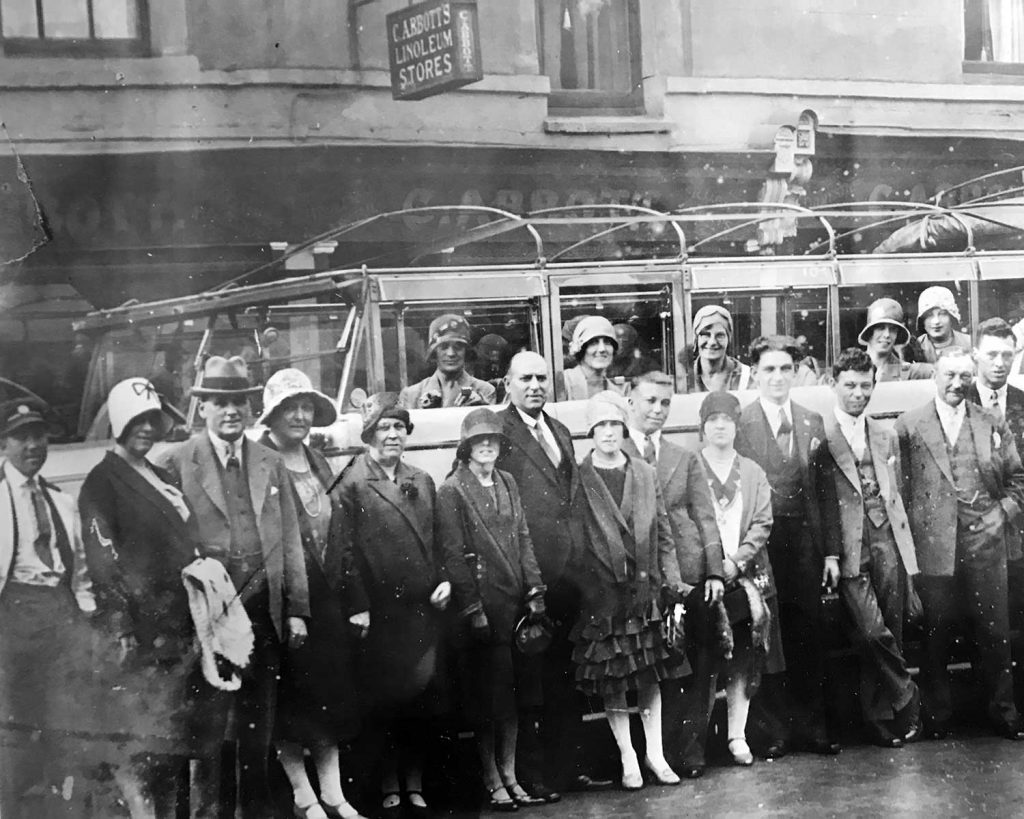
Today this coastal town has a distinctly residential feel, but ‘at one point Canvey Island used to have a big hotel, it used to be a holiday destination… That’s the thing about the older generations,’ says Abbott. ‘There wasn’t much money, was there?’
Up the coast from Southend, past Maldon’s salt flats, you’ll find Frinton (a must for lovers of beach huts and charity shops), Mersea Island (oysters at the Shed Company should be on everyone’s bucket list), and Walton-on-the-Naze, the town that our readers most recommend for your East End seaside holidays.
Walton-on-the-Naze was home to Martello Camp, a wildly popular caravan park. Before it was demolished, Bruce Blair used to visit with his family. ‘We didn’t have a car so my Dad would pay one of his mates to drive us there and pick us up two weeks later,’ he says. Blair grew up in Bow with his brother Les; for these boys, Walton was a little paradise.
While visiting the Naze, they’d go ‘climbing the cliffs, roaming the backwaters, fishing, and swimming on the beach.’ Blair’s family loved the bread pudding that the local café used to serve. Years later, Blair returned to the Naze to try the bread pudding again. ‘It was flat and dry like a camel driver’s sandal,’ he says. ‘Perhaps sometimes we should not try to relive past memories.’
For those East Enders prepared to travel further afield, the Norfolk and Suffolk Coast offers many opportunities. A short trip north from Walton-on-the-Naze, Felixstowe is a Suffolk coastal city with unexpected Edwardian charms – and rapidly increasing house prices.
Ben Abbott’s family are taking a holiday there right now. ‘They’re all staying in a hotel up there and going out for meals’. Has Covid had an influence on their choice? ‘I think so,’ says Abbott. ‘You can’t go away, can you, so that’s probably the reason.’ One of his uncles has a place in France. ‘He would usually be away six months a year, but he can’t go’, so he’s chosen Felixstowe instead.
Ben Abbott often visits Southwold, a seaside town on the Suffolk Coast. ‘Southwold’s a really quite trendy town,’ says Abbott. He likes Suffolk’s Aldeburgh too, but it’s quieter there. Just over the border in Norfolk, ‘there are some amazing beaches’, says Abbott.
Tabitha Potts is an East Ender since 1979 with a place in a ‘very pretty little village’ in Norfolk, near the market town of Holt. ‘We go there whenever we can,’ she says. ‘It helps that it’s a quick journey – we’ve done it in two and a half hours.’
If you’re after sandy beaches, Holkam is a beautiful spot. ‘It’s really huge, so you always have space for yourself’, says Potts. She also recommends walking along Salthouse beach and marshes, pausing for a drink at the Dun Cow pub. At Salthouse, you’ll often see solitary seals swimming out at the sea. There are seals all over Norfolk: visiting Horsey beach in February last year, Abbott and his family saw ‘seals, literally hundreds of them… they all come up and lie on the beach.’
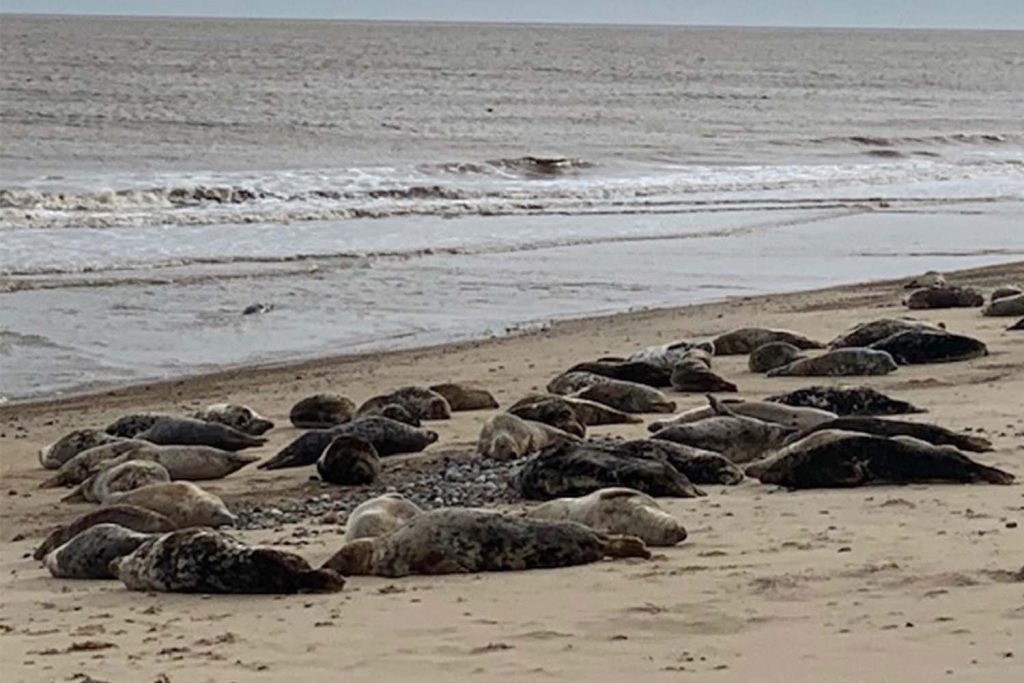
So why pick Norfolk over Kent or Essex for your East End seaside holidays? ‘It’s a little bit further away, but has a feeling of being more unspoilt. The landscape’s kind of amazing,’ Potts says. ‘It’s great for kids and dogs. Everywhere you go you can more or less take a dog along too.’ And the weather’s better: ‘Norfolk gets the least rain of any county in the UK. It’s a good place if you want more sun.’
Norfolk attracts creative types who find inspiration in the landscape. ‘I suspect there are quite a few writers and artists in Norfolk,’ says Potts. ‘There’s great light and you get the feeling of space’. While most of the East Enders Potts knows will go to Essex (‘it’s the classic place,’ she says), Norfolk attracts increasing numbers of visitors from London too.
At times, there are tensions between visiting Londoners and those whose lives are rooted in Norfolk. Visitors drive up house prices, and during this pandemic, ‘there’s been quite a lot of anxiety about the spread of the virus,’ says Potts, ‘but as we unlock, and as more people get vaccinated, they’ll be welcoming more tourists back.’
For East Enders, this summer offers the perfect opportunity to explore the east coast. For generations, East Enders have flooded from the city to enjoy a break beside the sea. As people return to the places of old, revisiting the destinations favoured by their parents and grandparents, Covid-19 may signal the beginning of a new era for seaside towns.
However, in a pandemic age, it’s vital we remain safe and respect the communities we visit. As Potts says, many of these places are already busy, but ‘I hope some undiscovered places will get more popular as well.’
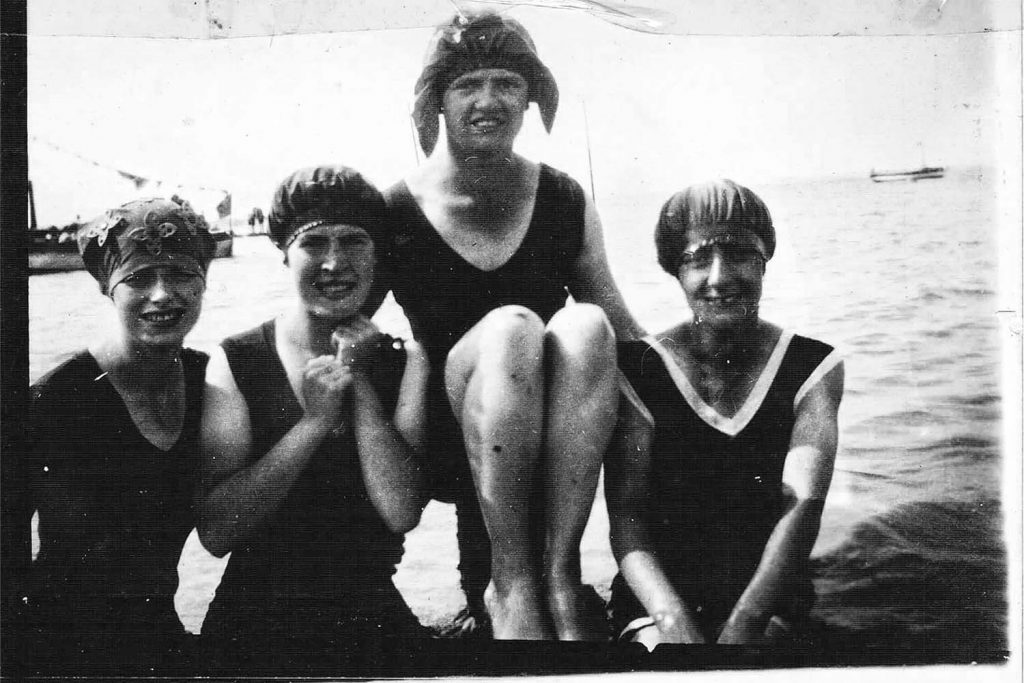
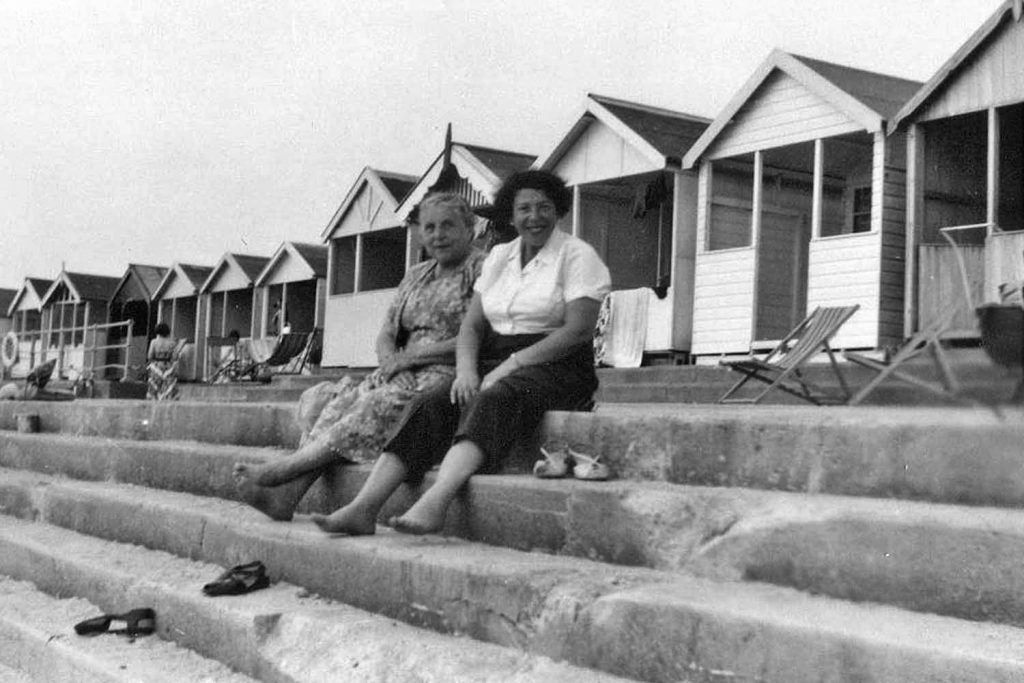
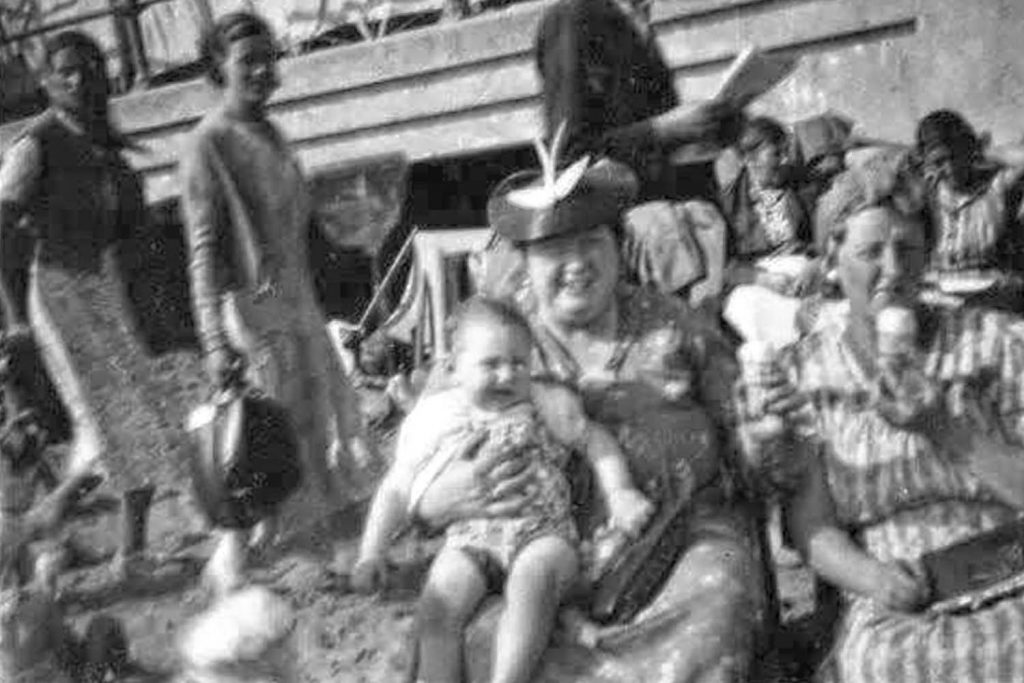
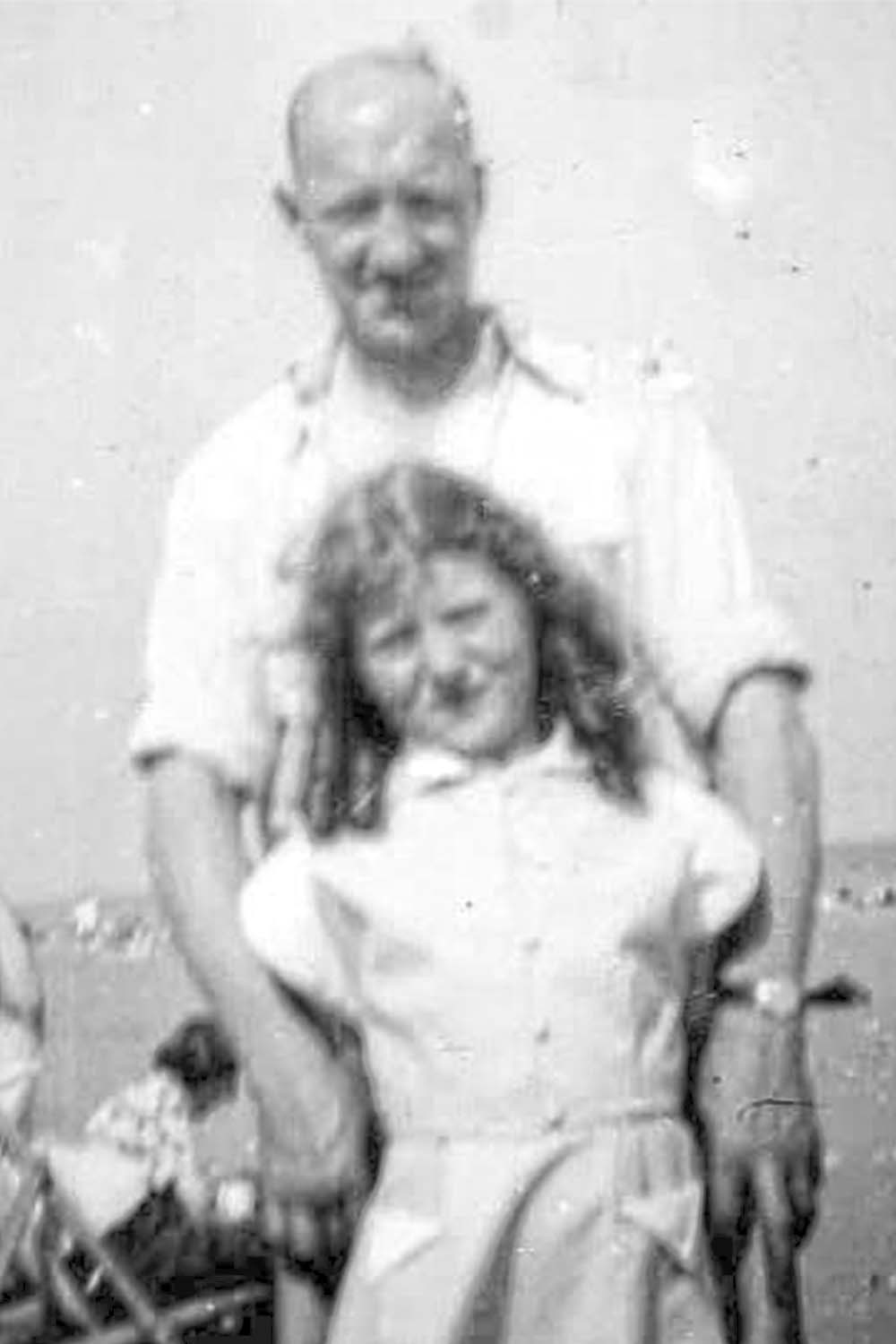
If you enjoyed reading about East End seaside holidays, you might want to know about Victoria Park’s Model Steamboat Club.

